
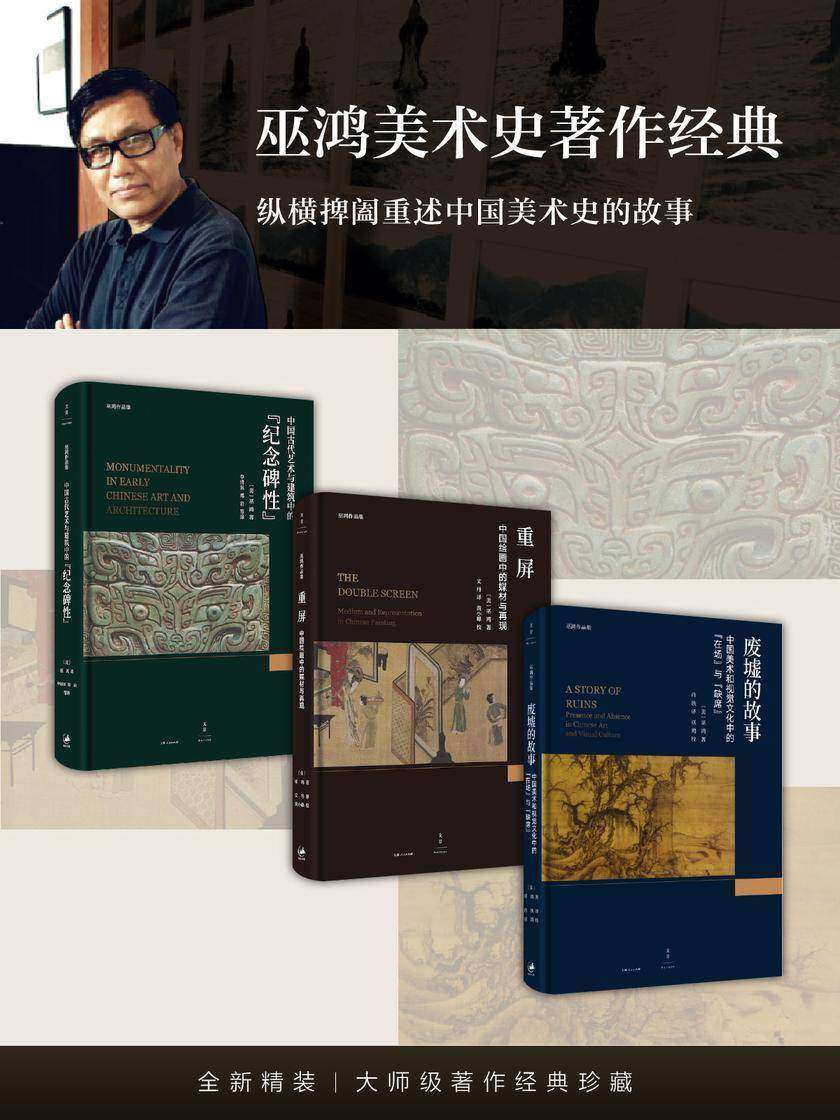
巫鸿美术史著作经典
¥399.00
《废墟的故事 : 中国美术和视觉文化中的“在场”与“缺席”》: 寒烟衰草,古木遥岑,丰碑特立,四无行迹,观此使人有古今之感。 以木结构为基础的建筑形态造就了中国古代与西方截然不同的“废墟”观念,极少表现废弃人造建筑的绘画传统以独特的方式传达时间的流逝。传统中国对“往昔”的视觉感受和审美在历史的进程中与西方文化碰撞、交互,由此诞生了一种全新的现代中国视觉文化;而抗日战争结束以后,当中华民族走出了那个满目疮痍的时代,那些昏暗而危险的废墟应该何去何从? 《废墟的故事》在全球语境中思考中国的美术和视觉文化,分析了一系列丰富的传统和当代视觉材料,包括绘画、碑拓、建筑、摄影、电影、印刷品,以及装置与行为艺术,讲述属于中国的 “废墟的故事”。 《中国古代艺术与建筑中的“纪念碑性”》: 以圭璧钟鼎为国之重器的礼制艺术时代如何兴起,又如何逐渐衰亡,演变成以宗庙、宫殿与墓葬为主体的建筑性纪念碑时代?长安,这个从土木方兴时起就不断被重塑的城市,如何彪炳不同时期统治者的荣耀?一座座零散而无言的坟茔和祠堂,如何诉说历史长河中一个个普通家族的懿德?而这些具有明显公共意义的礼仪美术传统,又如何在汉代以后转化为艺术家打造个人历史的艺术行为? 《中国古代艺术与建筑中的“纪念碑性”》尝试打破美术史研究中的门类之别,以“纪念碑”这一西方古代艺术的核心概念为线索,将装饰艺术、图像艺术和建筑艺术纳入更大范围内艺术的发展变化,重构中国古代美术的宏观叙述。 《重屏:中国绘画中的媒材与再现》: 屏风入画,画入屏风。 集合了准建筑形式、绘画媒材和绘画图像的多样角色与模糊身份,屏风赋予画家绝妙的灵感,也给希望提供崭新视角、探寻复杂路径的美术史家带来契机与挑战。 《重屏》的研究将围绕屏风展开,打破图像、实物和原境之间的界限,涵盖多种艺术和文化类型,从肖像与图画叙事到窥视与伪装,探索屏风在中国艺术中的独特地位,进而关注一个颇为宏大的问题——什么是传统中国绘画? 答案在层叠纵深的空间之内,在亦真亦幻的画屏之上,在绵联展现的手卷之中。

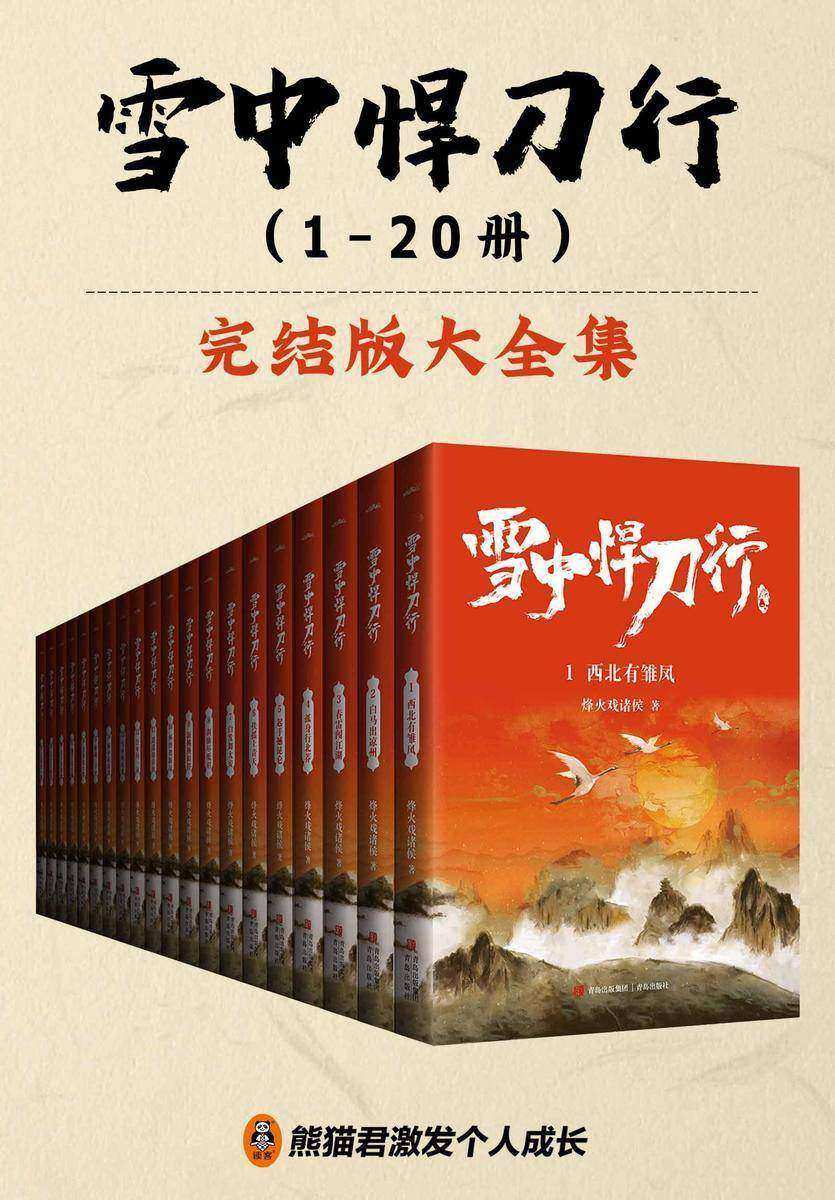
《雪中悍刀行》完结精校版大全集(全20册)
¥399.00
魔窟北凉的草包世子徐凤年兀自觉醒,逐渐成熟,踏上了逆袭之路。他一刀将世俗捅了个透!道门真人飞天入地,千里取人首级;佛家菩萨低眉怒目,抬手可撼昆仑;谁又言书生无意气,一怒敢叫天子露戚容。踏江踏湖踏歌,我有一剑仙人跪;提刀提剑提酒,三十万铁骑征天。 这里有牵瘦马缺门牙见着歹人跑得比主子还快却是传说中的高手的老黄,有整日摇摇晃晃不求道却能一剑开天门,倒骑青牛的年轻道士,有刚出世便跌入武评第八,一声剑响成了陆地神仙敢叫天下第二劈海相送的断臂抠脚的老剑神,还有骑熊猫扛向日葵不太冷的少女杀手……

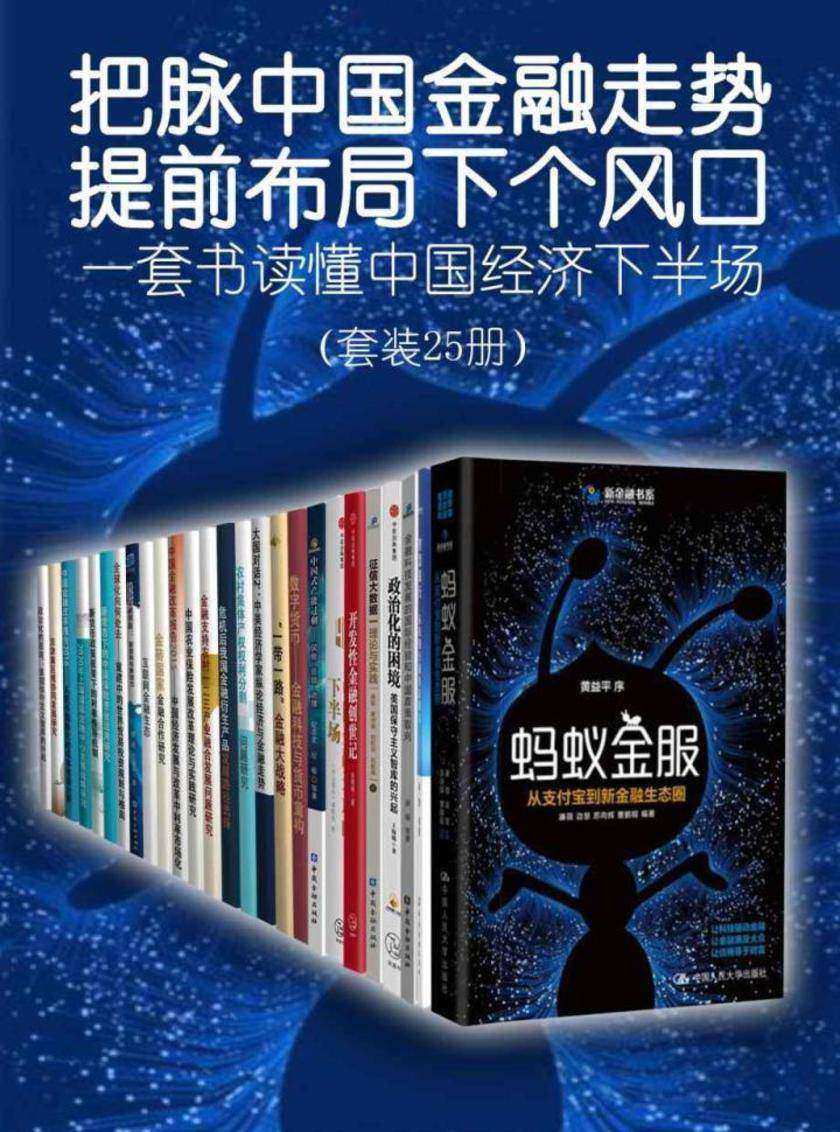
把脉中国金融走势,提前布局下个风口——一套书读懂中国经济下半场(套装共25册)(中国金融四十人论坛书系)
¥399.00
套装包含《蚂蚁金服:从支付宝到新金融生态圈》、《智慧银行——未来银行服务新模式》、《金融科技(FinTech)发展的国际经验和中国政策取向》、《政治化的困境:美国保守主义智库的兴起》、《征信大数据:理论与实践》、《开发性金融创世记》、《中国金融开放的下半场》、《中国式产能过剩:风险·症结·治理》、《数字货币——金融科技与货币重构》、《“一带一路”金融大战略》、《大国对话2:中美经济学家纵论经济与金融走势》、《农村集体产权权利分割问题研究》、《危机后我国金融衍生产品发展路径选择》、《金融支持农村一二三产业融合发展问题研究》、《中国农业保险发展改革理论与实践研究》、《中国金融改革报告2015——中国经济发展与改革中利率市场化》、《金砖国家金融合作研究》、《互联网金融生态》、《科技金融创新:新结构与新动力》、《全球化向何处去——重建中的世界贸易投资规则与格局》、《新常态下的中国保险资金运用研究》、《新货币政策框架下的利率传导机制》、《2020年上海国际金融中心发展战略研究》、《中国金融改革报告2016——人民币国际化的成本收益分析》、《京津冀区域协同发展研究》。 蚂蚁金服:从支付宝到新金融生态圈 本书作者团队通过深度访谈、观察与研究,完整地记录了蚂蚁金服从2003年10月到2017年4月期间的发展历程,再现了蚂蚁金服所经历的几乎每一个重大的突破和挫折。 智慧银行——未来银行服务新模式 本书立足于银行角度,从“共享+智能”视角切入,探讨了智慧银行的风险管理体系与针对FinTech的风险管控框架。 金融科技(FinTech)发展的国际经验和中国政策取向 本书为上海新金融研究院2017年年度报告,系统性地梳理分析了近年来金融科技(FinTech)在全球和中国的发展状况、共同特点及未来趋势。 政治化的困境:美国保守主义智库的兴起 作者历时五年,遍访美国一线智库和政府部门,通过大量一手访谈和英文文献的梳理,深入挖掘美国智库与政治思潮、权力转换和制度变迁之间的内在关系。 征信大数据:理论与实践 本书共分为十七篇,包含:大数据简介,征信大数据的应用,基于征信数据观中国近十年产业间信贷资源的调整路径,基于大数据的中国房企信贷分析等等。 开发性金融创世记 本书作者通过对几十位国开行高管和专家的深度访谈,全景式刻画了国开行成立25年来不平凡的发展历程。 中国金融开放的下半场 本书是中国金融四十人论坛主办的《径山报告》项目2017年的研究成果,由综合报告和七个分报告组成。 中国式产能过剩:风险·症结·治理 本书以20世纪90年代以来我国四次较为明显的产能过剩现象为背景,从理论分析、历史比较、境外比较、经济周期、发展阶段变化以及体制机制等多维视角,对中国式产能过剩的现象、成因、风险以及背后的体制机制症结作了全景式剖析。 数字货币——金融科技与货币重构 继农耕和工业时代之后,人类进入数字地球和数字经济的时代,数字货币指日可待。 “一带一路”金融大战略 对国家的“一带一路”发展规划进行的金融层面上的战略分析,为我国施行“一带一路”战略提供决策基础。 大国对话2:中美经济学家纵论经济与金融走势 从中美经济形势和风险谈起,主要就中美供给侧改革、中美金融市场风波和汇率改革、货币政策和金融监管进行了分析和比较,阐述了中美在不同经济、金融、货币等政策所产生的不同影响,。 农村集体产权权利分割问题研究 推进农村集体产权制度改革,就是要选择一种更有效率的产权制度安排,在成员集体与集体成员之间合理分割农用地、宅基地、集体经营性建设用地、非土地集体经营性资产的占有、使用、收益、处分等各项实际财产权利,以更好地适应市场经济条件下的资源跨社区配置、城镇化背景下的农村人口变动。 危机后我国金融衍生产品发展路径选择 本书属于宏观系统演进研究,对金融衍生产品市场这个复杂系统做了高度的简化,对演进过程的认识还是初步的,有待今后进一步研究更深刻的机理。 金融支持农村一二三产业融合发展问题研究 党的十八届五中全会强调,推动粮经饲统筹、农林牧渔结合、种养加一体、一二三产业融合发展,走产出高效、产品安全、资源节约、环境友好的农业现代化道路。这是继2015年中央1号文件首次提出推进农村一二三产业融合发展之后,中央再次对这一问题作出的重大部署。 中国农业保险发展改革理论与实践研究 本课题是中国金融四十人论坛内部课题。 中国金融改革报告2015——中国经济发展与改革中利率市场化 中国的利率市场化改革作为金融改革的核心内容之一,一直是理论研究和政策研究的重点关注对象。 金砖国家金融合作研究 本书围绕学术和实务中有关金砖国家金融合作的关键性问题展开了深入探讨,回答了一系列有关金砖国家金融合作中“是什么、为什么、怎么办冶的问题。 互联网金融生态 本书基于生态观的视角,对互联网金融生态的定义、理论基础和特点、技术特征、内涵和范围、模式创新、规制框架等相关内容进行了系统全面的分析。 科技金融创新:新结构与新动力 本书为上海新金融研究院内部课题成果。 全球化向何处去——重建中的世界贸易投资规则与格局 本书深入分析了TPP谈判进展、胶着点及其对中国潜在影响。 新常态下的中国保险资金运用研究 回顾党的十八大以来保险资金运用的市场化改革,我们看到,改革力度之大,行业变化之快,改革成效之好,可以说是前所未有的,得到全行业以及社会各界的普遍积极评价,这也特别需要我们认真总结、反思经验教训,这对于进一步深化改革、促进创新和防范风险至关重要。 新货币政策框架下的利率传导机制 从利率市场化近二十年的历程来看,以1996年放开银行间同业拆借利率为起点,在2003—2004年取得了较为突出的进展,金融市场利率全面放开,存贷款利率上下限有所扩大。 2020年上海国际金融中心发展战略研究 本书对国际金融中心建设的相关理论进行了分析。 中国金融改革报告2016——人民币国际化的成本收益分析 “中国金融改革报告”是中国金融四十人论坛和上海新金融研究院的品牌产品,每年选择一个金融专题进行研究,并发布年度报告。 京津冀区域协同发展研究 本书正是北方新金融研究院“新金融书系”的开山之作。

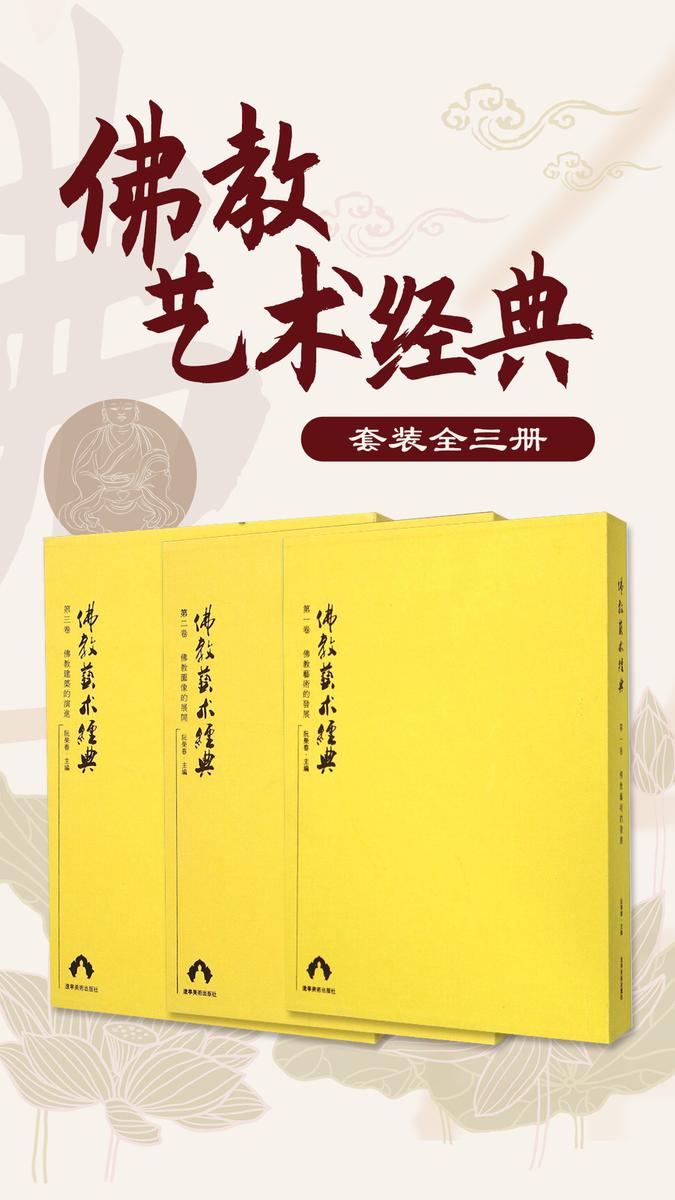
佛教艺术经典(全三册)
¥399.00
N

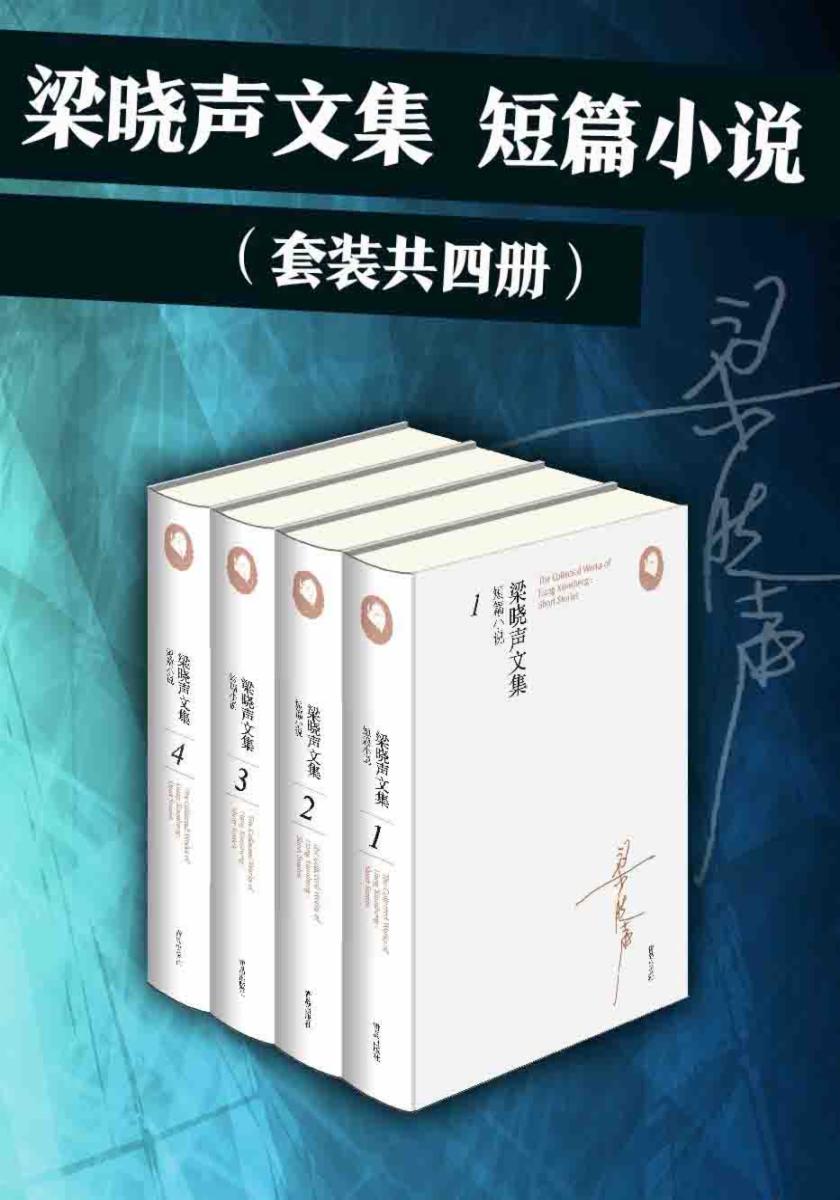
梁晓声文集·短篇小说(套装 共4册)
¥399.00
1901241144 梁晓声文集·短篇小说1 1901241146 梁晓声文集·短篇小说2 1901241907 梁晓声文集·短篇小说3 1901241909 梁晓声文集·短篇小说4


《成功教育秘诀合集(套装共8册)》
¥399.00
本书由父母的期望,学习脑科学,培养男孩,哈柏露塔学习法,减压脑科学,目标感,儿童专注力培养方法,忙碌爸爸也能做好爸爸八本组成。

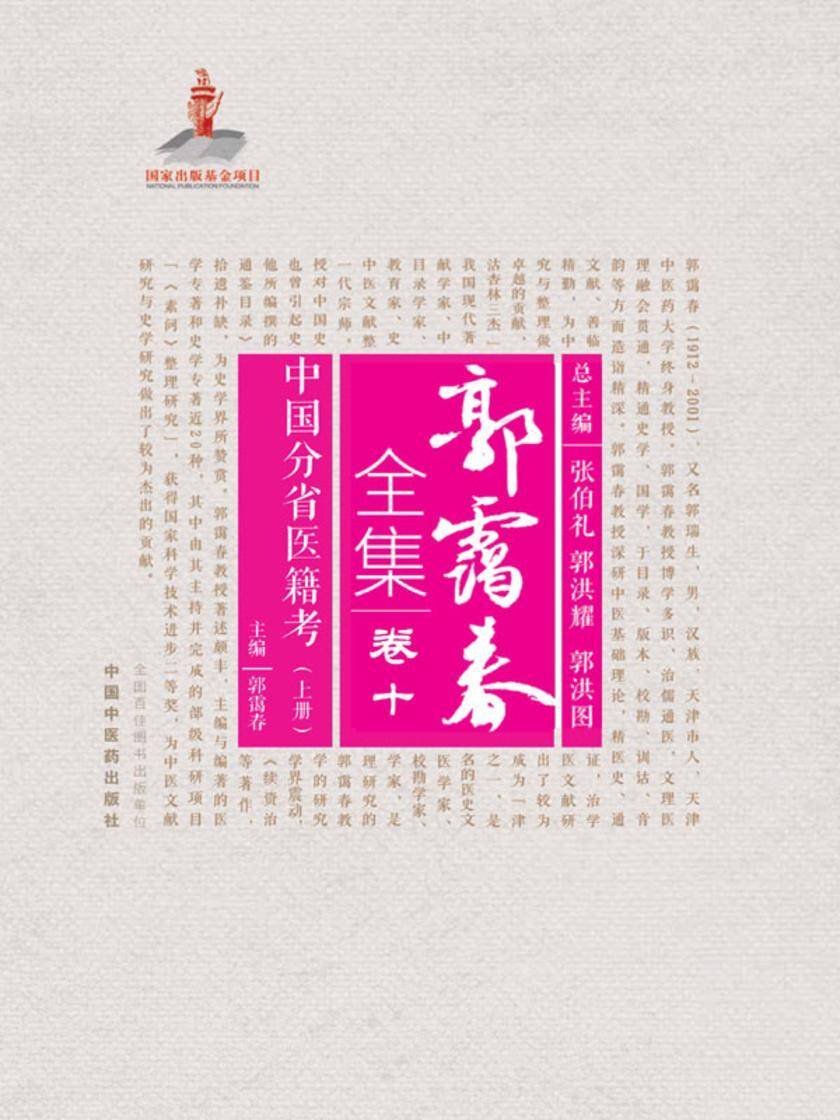
中国分省医籍考.上册
¥398.50
《郭霭春全集》收录郭霭春教授医学著作11种,共计600万字左右。《全集》全面反映了他在中医药学领域的学术成就。郭霭春先生治儒通医,文理医理融会贯通,精通史学、国学,于目录、版本、校勘、训诂、音韵等专门之学,造诣精深,并善诗词。他深研中医基础理论,精医史、善临证,尤以文献研究和中医内科见长,有“津沽杏林三杰”之誉。治学精勤,著作颇丰,其代表作有《黄帝内经素问校注》《灵枢经校释》《黄帝内经素问校注语译》《灵枢经校注语译》《中国医史年表》《中国分省医籍考》等。本册《中国分省医籍考》取材地方志,资料翔实,是非常珍贵的版本学、目录学工具书。

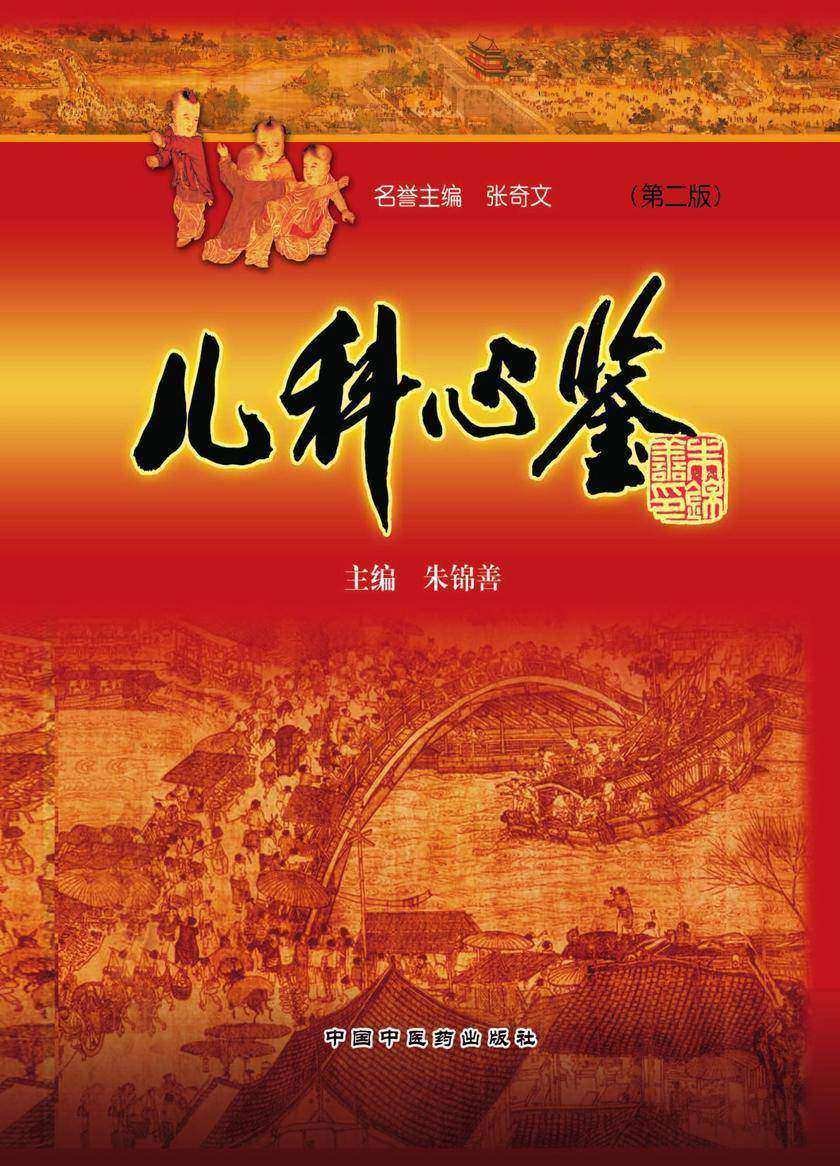
儿科心鉴
¥398.50
《儿科心鉴》是我国*次大规模通过对中医儿科学术理论和历代儿科名家学术思想与医疗经验,行系统、全面地挖掘、研究、整理,而且以历史的面貌完整表达出来,以利于继承和发扬,为医疗、教学、科研服务。本书集中医儿科学术之大成,概括古今儿科学术与经验精华,全书分三卷,*卷儿科学术源流(中医儿科学术史),第二卷中医儿科学术理论学说(源流与争鸣),第三卷古今历代儿科名医学术医疗经验大成。*版出版以来得到中医界特别是中医儿科界的广泛好评,第二版又行了补充与修改。是中医儿科学领域重要的学术专著,可作为高层次特别是博士、硕士研究生的教学参考用书,对中医院校中医儿科学教师以及中医儿科临床医生均有很好的教学、临床、科研参考使用价值。

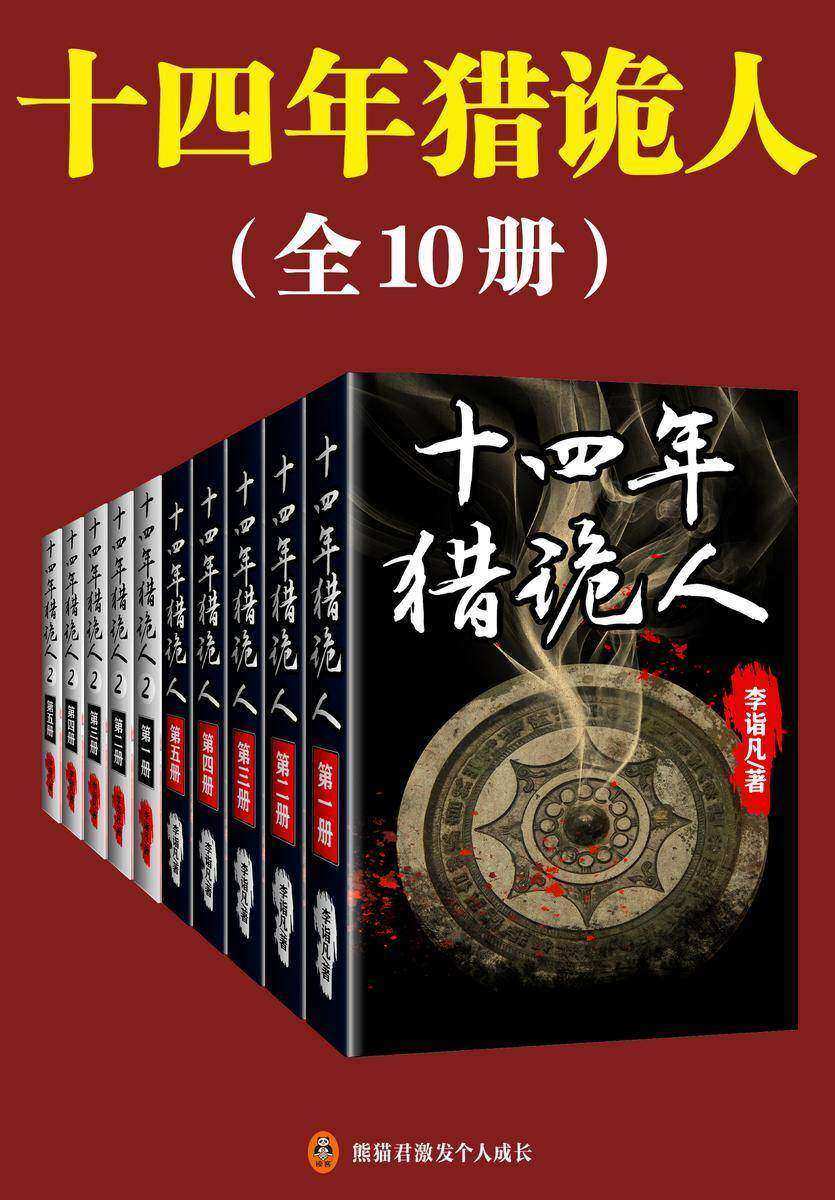
十四年猎诡人(大合集全10册)
¥398.00
本书内含《十四年猎诡人》(全5册)与《十四年猎诡人2:怪道胡宗仁》(全5册),分别以“我”与“我”的好友胡宗仁为主角,讲述“我”与胡宗仁的捉鬼故事。 我是一名职业猎鬼人,我碰到过满脸是血伸出头来的邪童、张开阴爪吃掉活人的山鬼、冤魂不散随机害人的灵缺……我的好友胡宗仁是一名瑶山道士,他碰到过墓穴被开发商毁去心存怨恨的群鬼、尸体不被安置对妻儿失望透顶的老人、抱着私生孩子跳水自杀的第三者…… 我与胡宗仁虽然派系不同,但我们都奉行天理正义,更相信一个不变的法则:只要有生死,就会有鬼魂!

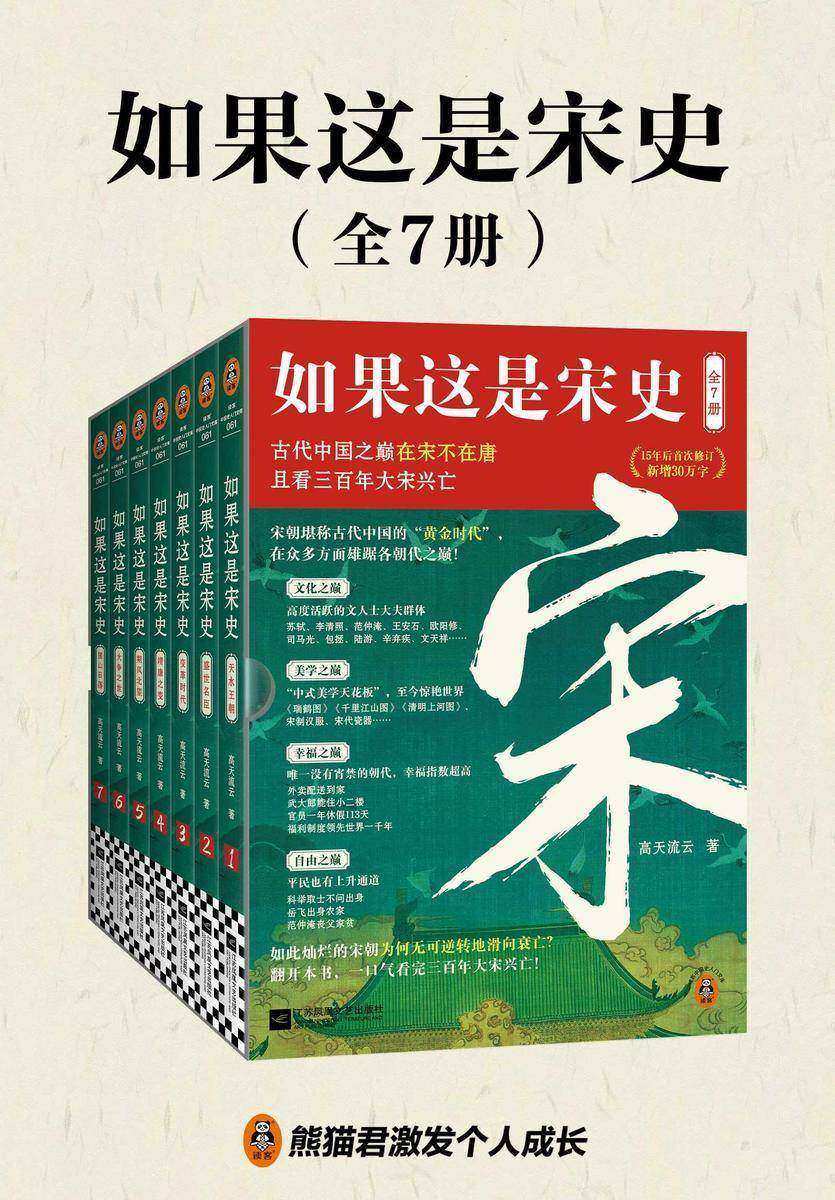
如果这是宋史(全7册)
¥398.00
这是一本白话宋史之作,完整描述了从五代时期赵匡胤从军国至南宋灭亡的三百多年历史。围绕宋朝十八位皇帝,展现宋朝历代的宫廷内斗,对外征战等一系列事件;详细描述了皇帝、外戚、权臣之间的权力斗争,宋朝历代的政策,以及与夏、辽、金之间的战争细节。全书写尽宋朝三百年的兴衰变革与历史谜团,生动展现了有宋一代的风流人物。


我们这一代
¥398.00
这是一本"新时期文化艺术界人物影像集",作者肖全用手中的相机,记录了1980-1990年代一线文艺工作者群像。书中百余位人物都生于五六十年代,成长于八九十年代,是诞生于新中国成立后的孩子。生长于红旗下,经历过时代动荡,但在之后的二三十年里,始在诗歌、电影、文学、音乐、美术等领域自由生长,逐渐汇聚成一条磅礴的文艺长河。在并不乐观的环境下冲破阻碍,为中国一扇改变历史的大门。 20世纪90年代,姜文、巩俐、窦唯、崔健、三毛、张艺谋、贾平凹、陈凯歌、杨丽萍、余华、王安忆、陈丹青、唐朝乐队……他们在肖全的镜头下展现出自我的真实,或安静、或张扬、或痛苦、或思索。肖全通过其作品《我们这一代》,将这些难得一见的真实全部呈现于你我面前。

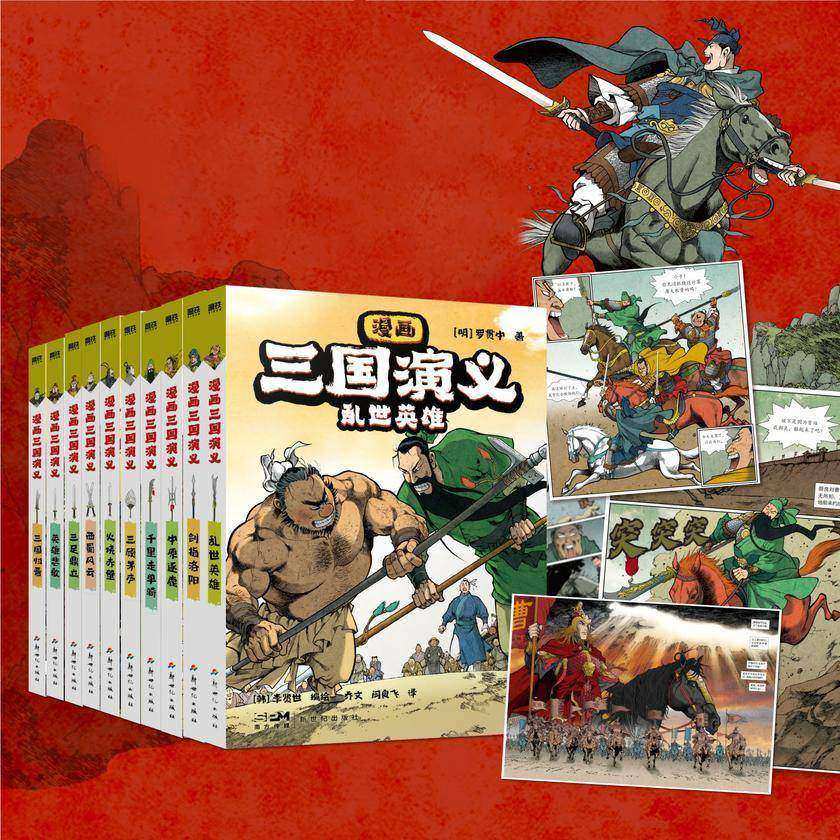
漫画三国演义(全10册)
¥398.00
《漫画三国演义》(全10册)由亚洲漫画家大会特别奖得主李贤世历时三年倾情绘制,以“三国演义”原著为底本,紧贴原著,从东汉末年群雄逐鹿到司马炎一统天下建立晋朝,全套书用10000 幅“电影级”分镜插画配以通俗的文本,完整地再现了那个金戈铁马、气吞山河的超燃三国群雄世界。经典战争场面张力十足,英雄形象各具特色。本书装帧上采用漫画中少见的16K大开本全彩展示,每一页都如纸上巨幕动漫电影,带来视觉与心灵的冲击。看真正的英雄超燃归来,让英雄精神成为你一生的能量补给站。

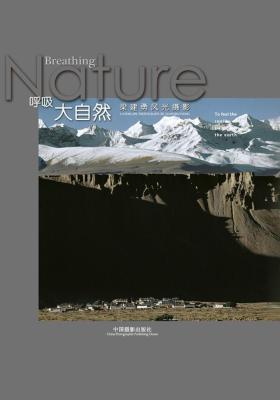
呼吸大自然
¥398.00
回想起来,还有很多令我向往的地方没有涉足,也许是我永远做不完的摄影梦,这份永远不可能了却的心愿,可能成为我今后业余生活的追求。希望这本画册能留下我摄影的足迹、留下我人生的感悟。借着大自然四季的轮回、借着相机观看世界,观看从我身边匆匆离去的美景,呼吸着大自然,感受着活在地球上的真实。

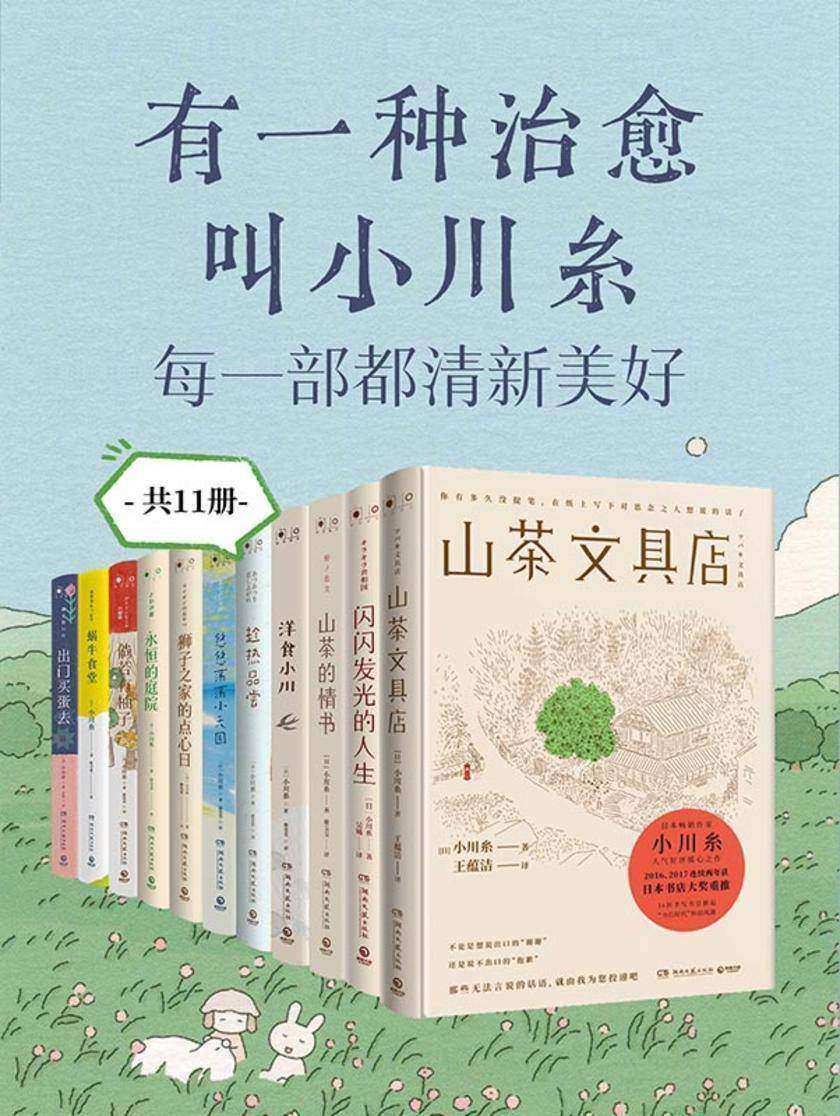
有一种治愈,叫小川糸:每一部都清新美好(共11册)
¥396.99
本套装共11册,日本暖心作家小川糸作品集。分别为《山茶文具店》《闪闪发光的人生》《山茶的情书》《洋食小川》《趁热品尝》《悠悠荡荡小天国》《出门买蛋去》《蜗牛食堂》《狮子之家的点心日》《永恒的庭院》《倘若有柚子》

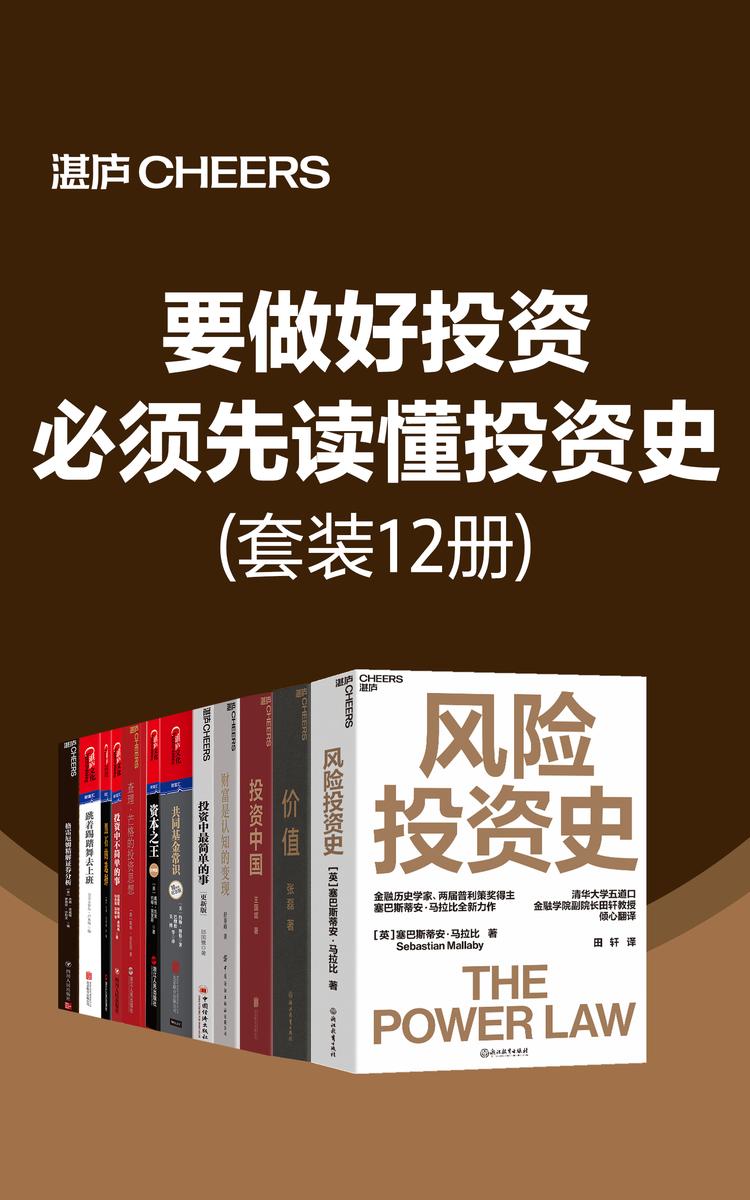
要做好投资,必须先读懂投资史(套装12册)
¥395.30
如果你只能读一本关于风险投资的书,那么请读这本。 这是风险投资真实运作的故事。在很多人的印象里,风险投资一直是神话般的存在,掌握着改变风向和创造巨额财富的密码。这本书可以帮助你风险投资神话般的外壳,如穿越时间的虫洞般,窥见其中关于人性、时代、财富甚至资本善恶的秘密。它将硅谷传奇企业与人物的故事与对风投行业发展脉络的洞见交织起来,首度权威揭秘硅谷指数级技术革命背后的千亿资本运作实情。 它揭示了驱动风投行业、整个硅谷乃至整个世界的基本原理——指数法则。风投的蕞大秘密是蕞佳投资所创回报等于或超过基金其他部分的收益总和。成功虽是罕见的,但成功所带来的影响力却是变革性的。也正因如此,风险投资家总是有着异乎常人的洞察力和直觉,有着对于风险的偏好和对失败的宽容,他们面对巨大的不确定性敢于大举押注。对于他们而言,那些看似疯狂的梦想,越是大胆、越是看起来不可能,就越有价值。风险投资不只是一个生意,也是一种能带来社会步的方法、思维方式和哲学,通过大胆支持勇敢的创新者来更好满足人类的需求和欲望,甚至可以说,风险投资本身就是巨大的创新。
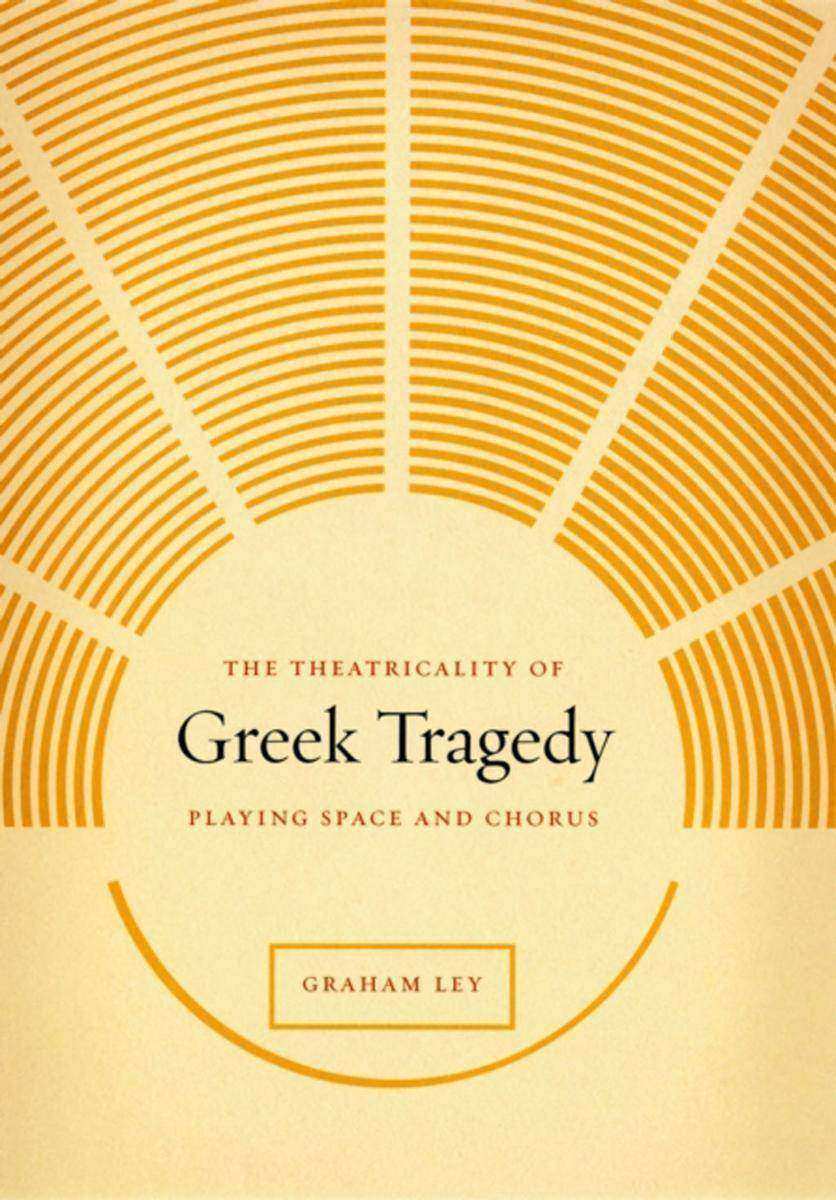
Theatricality of Greek Tragedy
¥394.36
Ancient Greek tragedy has been an inspiration to Western culture, but the way it was first performed has long remained in question. In The Theatricality of Greek Tragedy, Graham Ley provides an illuminating discussion of key issues relating to the use of the playing space and the nature of the chorus, offering a distinctive impression of the performance of Greek tragedy in the fifth century BCE. Drawing on evidence from the surviving texts of tragedies by Aeschylus, Sophocles, and Euripides, Ley explains how scenes with actors were played in the open ground of the orchestra, often considered as exclusively the dancing place of the chorus. In reviewing what is known of the music and dance of Greek antiquity, Ley goes on to show that in the original productions the experience of the chorus-expressed in song and dance and in interaction with the characters-remained a vital characteristic in the performance of tragedy.Combining detailed analysis with broader reflections about the nature of ancient Greek tragedy as an art form, this volume-supplemented with a series of illustrative drawings and diagrams-will be a necessary addition to the bookshelf of anyone interested in literature, theater, or classical studies.
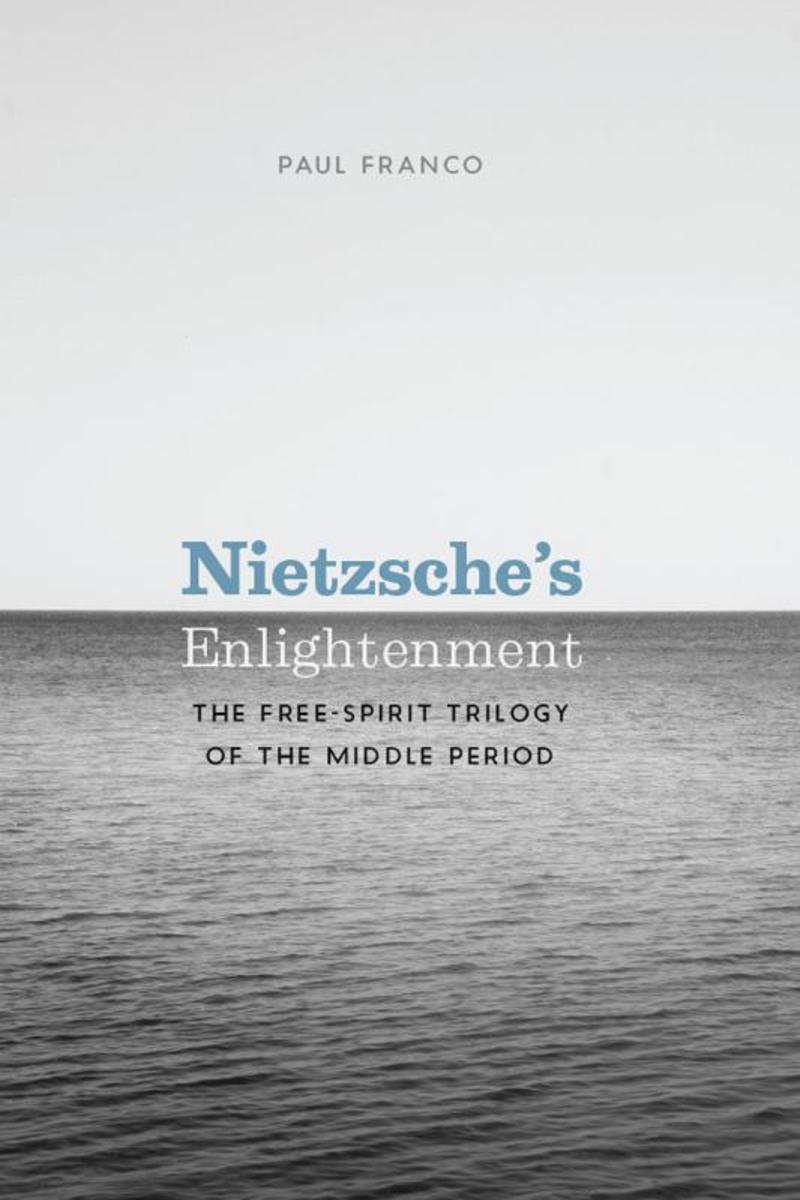
Nietzsche's Enlightenment
¥394.36
While much attention has been lavished on Friedrich Nietzsche's earlier and later works, those of his so-called middle period have been generally neglected, perhaps because of their aphoristic style or perhaps because they are perceived to be inconsistent with the rest of his thought. With Nietzsche's Enlightenment, Paul Franco gives this crucial section of Nietzsche's oeuvre its due, offering a thoughtful analysis of the three works that make up the philosopher's middle period: Human, All too Human; Daybreak; and The Gay Science.?It is Nietzsche himself who suggests that these works are connected, saying that their "e;common goal is to erect a new image and ideal of the free spirit."e; Franco argues that in their more favorable attitude toward reason, science, and the Enlightenment, these works mark a sharp departure from Nietzsche's earlier, more romantic writings and differ in important ways from his later, more prophetic writings, beginning with Thus Spoke Zarathustra. The Nietzsche these works reveal is radically different from the popular image of him and even from the Nietzsche depicted in much of the secondary literature; they reveal a rational Nietzsche, one who preaches moderation instead of passionate excess and Dionysian frenzy. Franco concludes with a wide-ranging examination of Nietzsche's later works, tracking not only how his outlook changes from the middle period to the later but also how his commitment to reason and intellectual honesty in his middle works continues to inform his final writings.

On Sunspots
¥394.36
Galileo's telescopic discoveries, and especially his observation of sunspots, caused great debate in an age when the heavens were thought to be perfect and unchanging. Christoph Scheiner, a Jesuit mathematician, argued that sunspots were planets or moons crossing in front of the Sun. Galileo, on the other hand, countered that the spots were on or near the surface of the Sun itself, and he supported his position with a series of meticulous observations and mathematical demonstrations that eventually convinced even his rival.?On Sunspots collects the correspondence that constituted the public debate, including the first English translation of Scheiner's two tracts as well as Galileo's three letters, which have previously appeared only in abridged form. In addition, Albert Van Helden and Eileen Reeves have supplemented the correspondence with lengthy introductions, extensive notes, and a bibliography. The result will become the standard work on the subject, essential for students and historians of astronomy, the telescope, and early modern Catholicism.

Rebellion in the Backlands
¥394.36
Euclides da Cunha's classic account of the brutal campaigns against religious mystic Antonio Conselheiro has been called the Bible of Brazilian nationality."e;Euclides da Cunha went on the campaigns [against Conselheiro] as a journalist and what he returned with and published in 1902 is still unsurpassed in Latin American literature. Cunha is a talent as grand, spacious, entangled with knowledge, curiosity, and bafflement as the country itself. . . . On every page there is a heart of idea, speculation, dramatic observation that tells of a creative mission undertaken, the identity of the nation, and also the creation of a pure and eloquent prose style."e;-Elizabeth Hardwick, Bartleby in Manhattan
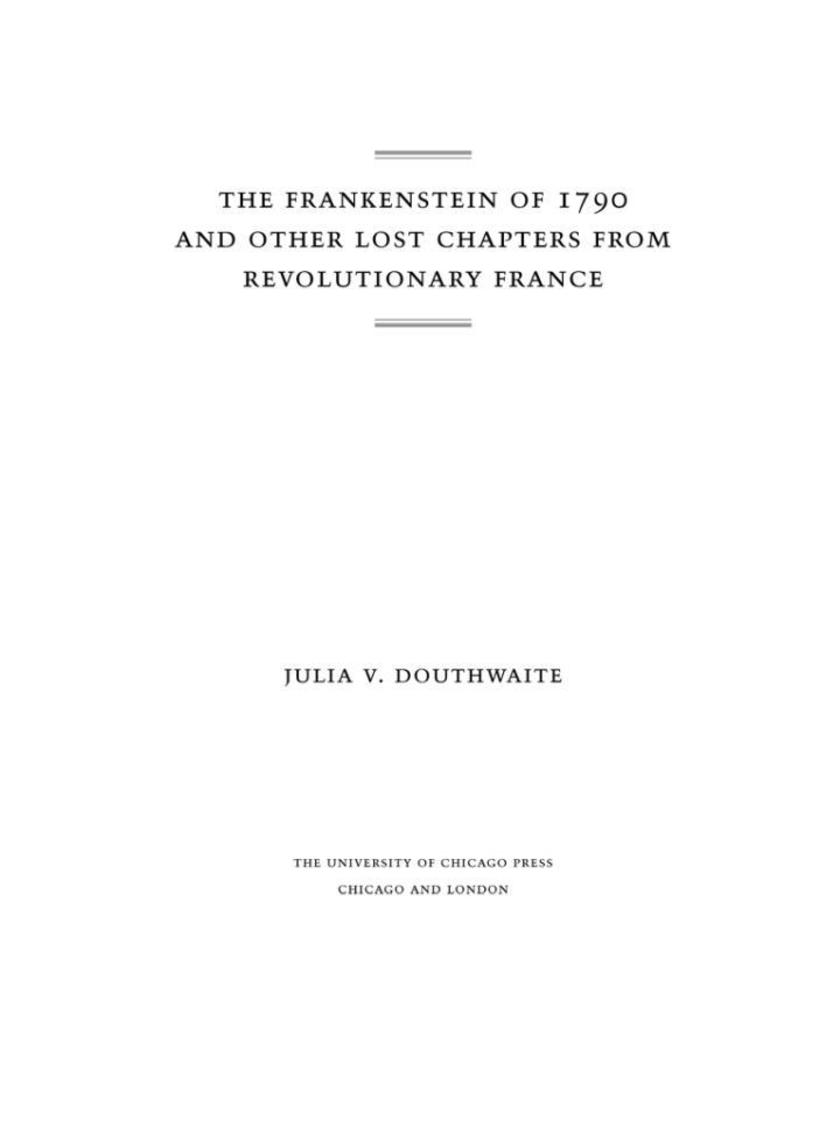
Frankenstein of 1790 and Other Lost Chapters from Revolutionary France
¥394.36
The French Revolution brings to mind violent mobs, the guillotine, and Madame Defarge, but it was also a publishing revolution: more than 1,200 novels were published between 1789 and 1804, when Napoleon declared the Revolution at an end. In this book, Julia V. Douthwaite explores how the works within this enormous corpus announced the new shapes of literature to come and reveals that vestiges of these stories can be found in novels by the likes of Mary Shelley, E. T. A. Hoffmann, Honore de Balzac, Charles Dickens, Gustave Flaubert, and L. Frank Baum.?Deploying political history, archival research, and textual analysis with eye-opening results, Douthwaite focuses on five major events between 1789 and 1794-first in newspapers, then in fiction-and shows how the symbolic stories generated by Louis XVI, Robespierre, the market women who stormed Versailles, and others were transformed into new tales with ongoing appeal. She uncovers a 1790 story of an automaton-builder named Franknsten, links Baum to the suffrage campaign going back to 1789, and discovers a royalist anthem's power to undo Balzac's Pre Goriot. Bringing to light the missing links between the ancien rgime and modernity, The Frankenstein of 1790 and Other Lost Chapters from Revolutionary France is an ambitious account of a remarkable politico-literary moment and its aftermath.
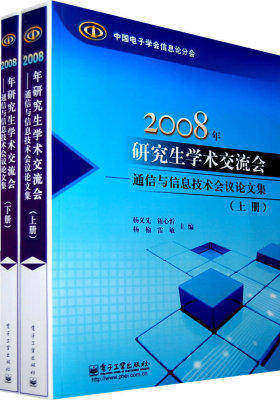
2008年研究生学术交流会——通信与信息技术会议论文集(试读本)
免费
本论文集收集2008年研究生学术交流会——通信与信息技术会议论文270余篇,内容涉及计算机技术与应用、密码学与信息安全、数字信号处理、通信理论与技术和网络理论与技术等五大类文章。 本书可供通信、计算机、信息技术、企业信息化等领域的科技工作者和高等院校相关专业的生参考。




 购物车
购物车 个人中心
个人中心



